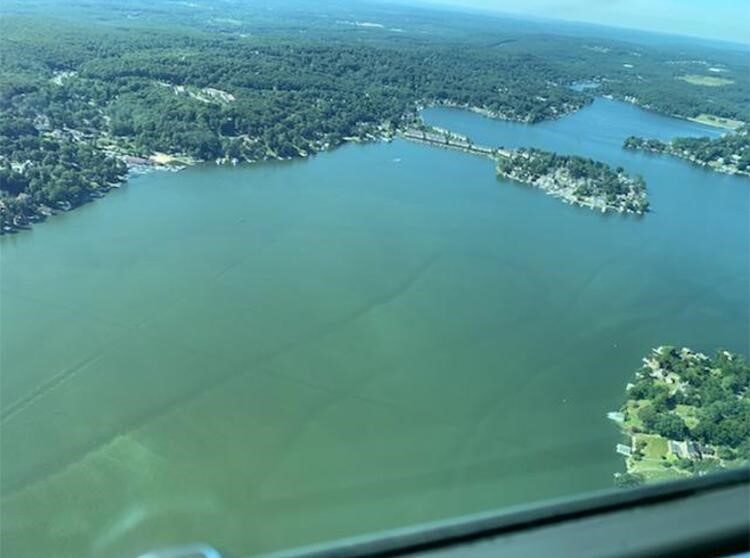Effective Grant-Based Stormwater Solutions Will Unite Our Land, Water, and Communities
November 1, 2019
This summer, I worked with the William Penn Foundation (WPF) who hosted and funded my summer fellowship. While there, I collaborated with their environmental grantmaking team to tackle stormwater runoff issues in Philadelphia and the greater Delaware River Watershed. Part of my summer activities included meeting our grantees along the Delaware River where WPF had funded projects for stream restoration and community action. On one site visit, I joined a community paddle event for World Fish Migration Day organized by WPF grantees and discussed the environmental advocacy work that was historically done to reduce pollution in the Delaware River. Although I was able to enjoy a refreshing paddle on the river, other residents of the Watershed are not so lucky to have a safe waterbody nearby to enjoy the summer rays.

I joined a community paddle event organized by William Penn Foundation grantees on the Delaware River near Philadelphia, Pennsylvania.
This year, blooms of blue-green algae have been reported in all 50 states. Algae blooms of this nature produce neurotoxins that are fatal when ingested. These blooms prevent people and pets alike from using our rivers and lakes to the fullest potential. For example, New Jersey raises $18.9 billion annually in tourism revenue, in which one-third is from water sports alone. In Lake Hopatcong in New Jersey, businesses along the lake have shut down in the summer because no one can use the lake during an algae bloom.
Algae blooms grow when three conditions exist: sunlight, stagnant water, and excessive nutrients from stormwater runoff. Now we can’t tell the sun when to shine, but we can reduce stormwater runoff. Stormwater picks up pollutants from the surface, flowing across an impervious cover that is built up across our communities and businesses. If we can reduce impervious cover in our communities, then we can reduce the impact that stormwater runoff has on our streams and lakes.
At William Penn, I worked with our grantees and partners to study the connection between our land, the water, and our communities. Over 1.8 million acres of the Delaware River Watershed are impaired by stormwater runoff; that’s 2,700 miles of impaired streams, or 35% of all streams in the watershed. With the research that I conducted this summer, our foundation is better informed about where to invest our grant dollars, such as advocacy for policies that promote green stormwater infrastructure and stormwater fees used to fund stream restoration.
A rare opportunity showed up in the form of a news article from the New York Times, which referenced the algae blooms in New Jersey and the work done by our grantees to combat the blooms. I capitalized on the additional media attention on the algae blooms by co-writing an article with my mentor for our Foundation’s blog. With the Times elevating our platform, I was able to share my research with our grantees and stakeholders. We chose to invest in smart stormwater solutions so that we can avoid another incident like the ones in New Jersey and North Carolina. My summer experience with the William Penn Foundation strengthened my resolve to protect our natural resources and inspire others in my community to reconnect with our waterways.
About John Nguyen, MS

